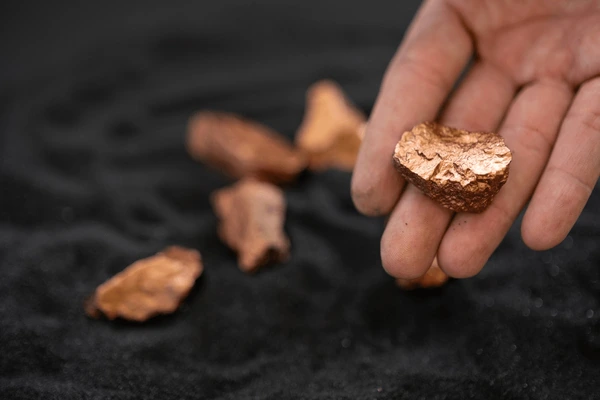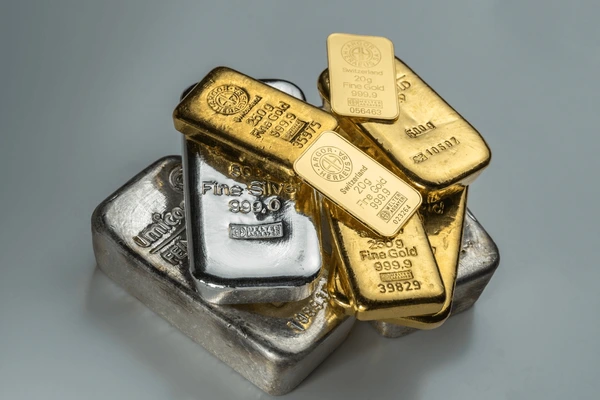Sayanava Sinha Roy
28.01.2025
How to Identify Quality Gold and Silver: Tips for Sellers
Learn how to identify the purity of gold and silver with our tips for sellers. Understand the importance of purity in gold and silver to get the best price. Maximize the value of your precious metals by learning how to assess their quality with expert advice. Discover how to identify the purity of gold and silver and find a reputed gold buyer for a fair deal.
When you decide to sell your gold and silver, knowing how to identify its quality is crucial. Whether you’re decluttering or making an investment decision, understanding the purity of your precious metals can help you maximize value and avoid potential pitfalls. In this guide, we’ll explore key tips for sellers on identifying high-quality gold and silver, focusing on the purity of these metals and how to evaluate them effectively.
Table of Contents
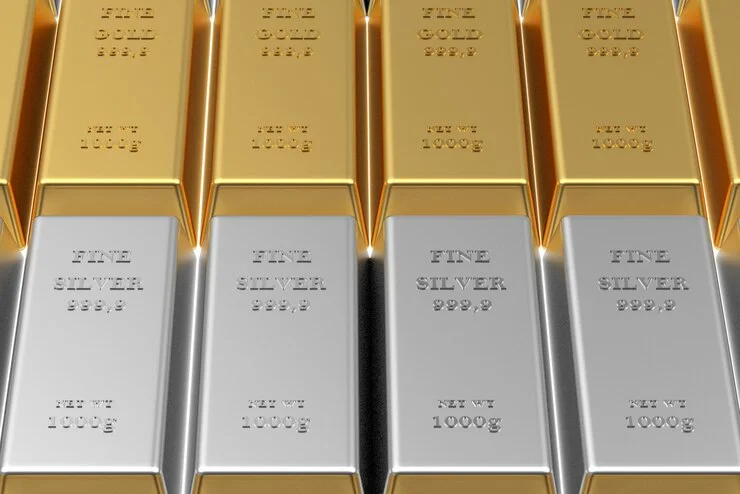
Understanding the Purity of Gold and Silver
Before diving into the specifics, let’s start by understanding what the purity of gold and silver really means. Purity refers to the proportion of pure gold or silver present in a metal alloy. It’s a measure of how much of the metal is actual gold or silver, and it significantly impacts the value of your jewelry or precious items.
Gold Purity: What You Need to Know
Gold is usually mixed with other metals like copper or silver to make it stronger and more durable. The purity of gold is measured in karats (k) or fineness.
- 24 Karat (24k) gold is considered pure gold, with no other metals mixed in.
- 18 Karat (18k) gold contains 75% pure gold and 25% other metals.
- 14 Karat (14k) gold is 58.3% pure gold, with the rest being alloyed metals.
- 10 Karat (10k) gold, the lowest legally recognized purity, is 41.7% pure gold.
Silver Purity: What Sellers Should Look For
Silver is often alloyed with copper to enhance its strength. The purity of silver is expressed in terms of its fineness (parts per thousand) or percentage.
- Sterling Silver has a purity of 92.5%, meaning 92.5% of the metal is pure silver.
- Coin Silver is a term historically used for silver that is 90% pure.
- Fine Silver (999) refers to silver that is 99.9% pure.
Knowing the purity of the gold and silver you’re selling can help you estimate its market value.
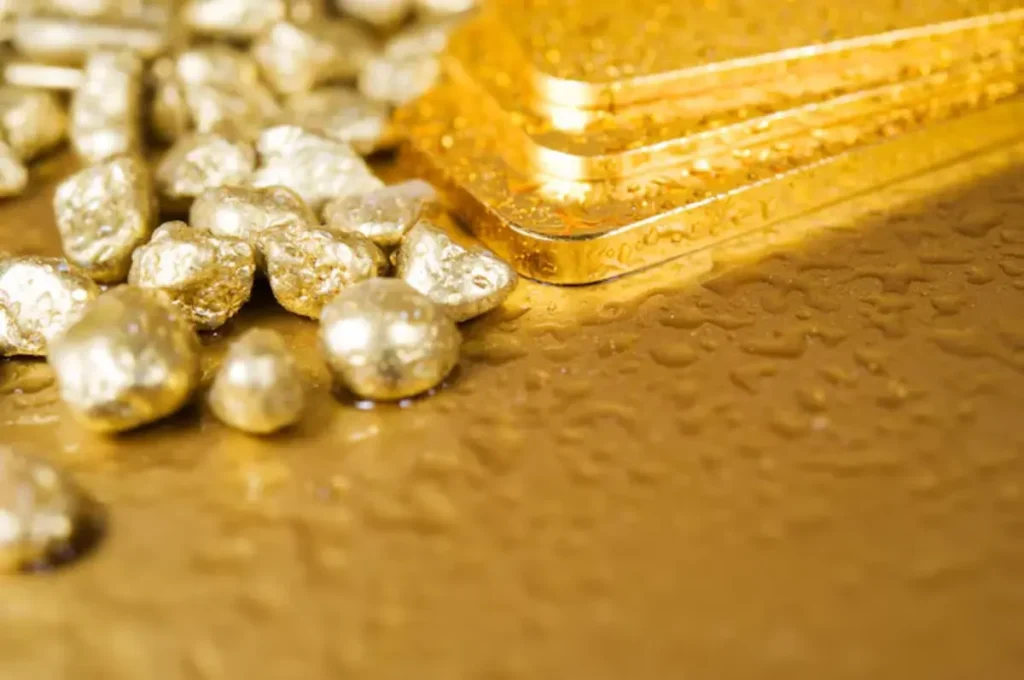
How to Identify the Purity of Gold and Silver
Identifying the purity of gold and silver is a necessary skill for sellers. Below are some common methods and tips to determine the purity of your precious metals:
1. Look for Hallmarks and Stamps
Most reputable gold and silver items come with a stamp that indicates their purity. This is often referred to as a hallmark. For gold, these might include “24k,” “18k,” “14k,” or numbers like “999” (for fine gold). Silver may be marked with “925” for sterling silver or “999” for fine silver.
2. Perform the Acid Test
An acid test can help determine the purity of gold and silver. By applying a small drop of acid to the metal, you can observe a color change. However, this test can be invasive and might damage the surface, so it’s usually done by professionals.
3. Use a Gold Testing Kit
For those looking for a non-invasive method, a gold testing kit can be a great option. These kits often include a set of touchstone stones and various acid solutions to test different purities. It’s a reliable method for sellers who prefer to assess their gold without the need for professional equipment.
4. X-Ray Fluorescence (XRF) Testing
For the most accurate results, XRF testing is used to measure the purity of both gold and silver. This non-destructive test uses X-rays to identify the metal’s composition. However, it’s typically done in a laboratory setting or by professional gold buyers.
Tips for Sellers to Maximize the Value of Gold and Silver
When selling your gold and silver, getting the best price is often the top priority. Here are some tips to help you maximize the value of your precious metals:
- Sell to Trusted Buyers: Whether you’re selling online or in person, always choose a reputable buyer, Trusted buyers will offer fair prices based on the true market value.
- Check Current Market Rates: The price of gold and silver fluctuates. Check the current market prices before selling to ensure you’re getting a fair deal.
- Understand the Condition: The condition of your gold or silver affects its value. If the item is in good condition with minimal wear and tear, it will be worth more than items that are damaged or scratched.
- Know the Weight: The weight of the item will directly impact its value. The heavier the item, the higher its value, especially if it’s made of high-purity gold or silver.
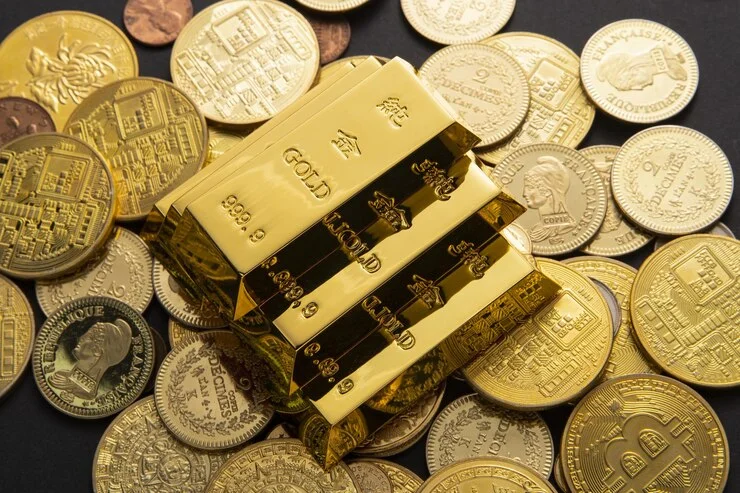
Most Asked FAQs on Gold and Silver Purity
1. What is the best way to test the purity of gold at home?
The best way to test gold at home is by using a gold testing kit. These kits provide an easy and safe method for determining the purity without damaging the gold. Hallmarks and stamps are also good indicators of gold purity.
2. Is 18k gold better than 14k?
Yes, 18k gold contains a higher percentage of pure gold (75%) compared to 14k gold, which only contains 58.3% pure gold. Therefore, 18k gold is generally considered to be more valuable and of higher quality.
3. Can silver be tested with a magnet?
No, silver is not magnetic, so if a magnet sticks to your metal, it’s not silver. This method works to rule out metals that may be mixed with silver.
4. How can I find the best gold buyer?
Look for a buyer who is transparent about the process, offers competitive pricing, and has a reputation for fairness and honesty. Checking reviews and testimonials can also help you make an informed decision.
5. How do I know if my jewelry is pure silver?
Check for stamps such as “925” (sterling silver) or “999” (fine silver). You can also perform an acid test or use a silver testing kit for a more accurate measurement.
Identifying Quality Gold and Silver Made Easy
Knowing how to identify the purity of gold and silver is essential for any seller looking to get the best value for their precious metals. By understanding purity markings, using simple tests, and consulting with trusted gold and silver buyers, you can confidently sell your gold and silver at a fair price.
Always remember, when in doubt, seek professional assistance to ensure you’re accurately identifying your precious metals’ value. The purity of gold and silver plays a crucial role in determining their market price, so taking the time to understand it will benefit you in the long run. Happy selling!
Popular Post


